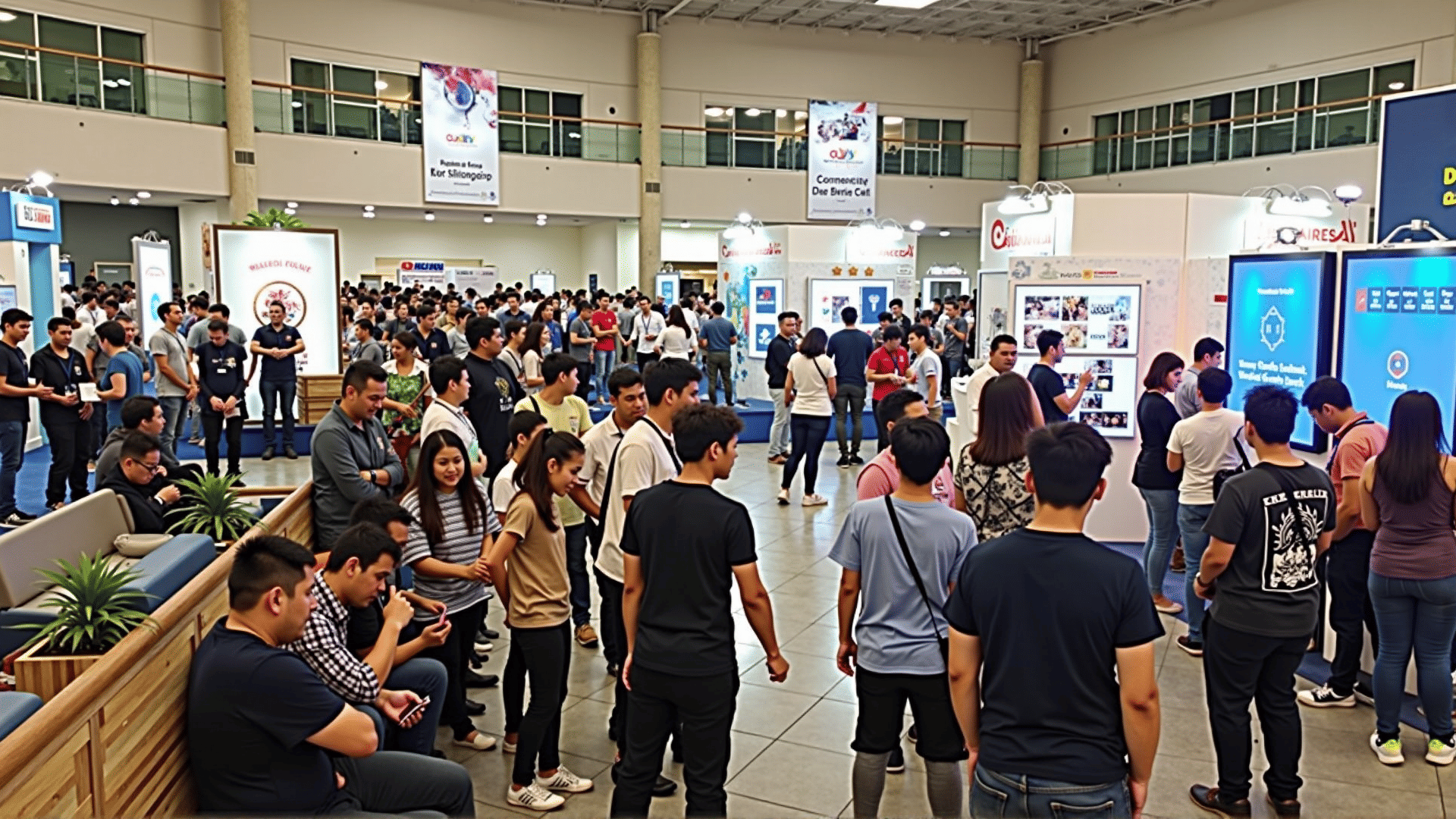In the dynamic world of event management, the art of crafting memorable experiences is often underpinned by the strategic use of public relations (PR). At its core, PR is about storytelling, shaping narratives that captivate audiences and foster meaningful connections. In the context of events, effective PR not only enhances the immediate experience but also leaves a lasting impression that resonates with attendees and the wider community.
To begin with, the role of PR in event management starts long before the event itself. Crafting a compelling narrative around the purpose and theme of the event is critical. This narrative serves as a guiding light, influencing everything from the choice of venue to the design of promotional materials. By articulating a clear and engaging story, event organizers can set expectations and create anticipation, drawing in audiences who feel a personal connection to the event’s mission.
Social media plays a pivotal role in this preparatory phase. PR strategies leverage platforms like Instagram, Twitter, and Facebook to generate buzz and foster a sense of community. Through carefully curated content, potential attendees are introduced to the event’s theme, its key speakers or performers, and other elements that stand out. This ongoing dialogue helps build excitement while ensuring the event stays top-of-mind for the intended audience.
On the day of the event, PR continues to shape the attendee experience. This can be seen in the deployment of strategic communication initiatives, such as live updates across social media platforms, press areas for media attendees, and even real-time interactions with guests. These efforts not only keep the event dynamic but also create a sense of inclusivity, making everyone feel like a part of the unfolding story.
Moreover, effective PR in event management amplifies the brand’s voice. By aligning the event with the brand’s values and mission, PR professionals help ensure that every aspect of the event reflects the brand’s identity. This alignment fortifies brand loyalty among existing followers and opens up opportunities to engage with new audiences. It creates an authentic connection that goes beyond the superficial, encouraging attendees to remember the brand long after the event concludes.
Community engagement is another vital aspect where PR’s influence is felt. By involving local influencers, community leaders, and stakeholders, PR strategies can bolster the event’s profile and foster stronger community ties. Partnerships with local organizations and businesses can further complement the event’s objectives, transforming it into a collaborative effort that benefits all parties involved.
Finally, after the event has taken place, PR efforts pivot to maintaining momentum and ensuring the narrative continues to evolve. Sharing highlights, testimonials, and behind-the-scenes content keeps the conversation going, reinforcing the shared experience and allowing attendees to relive key moments. This post-event communication solidifies the event’s impact and cements the brand’s presence in the minds of the audience.
In conclusion, the role of PR in event management is multifaceted and pivotal. It is the secret sauce that transforms an event from a mere gathering into a vibrant story that engages, inspires, and leaves a lasting legacy. Through strategic storytelling, active community involvement, and brand alignment, PR ensures that events resonate well beyond their timeline, enhancing both individual experiences and the overall image of the brand.
